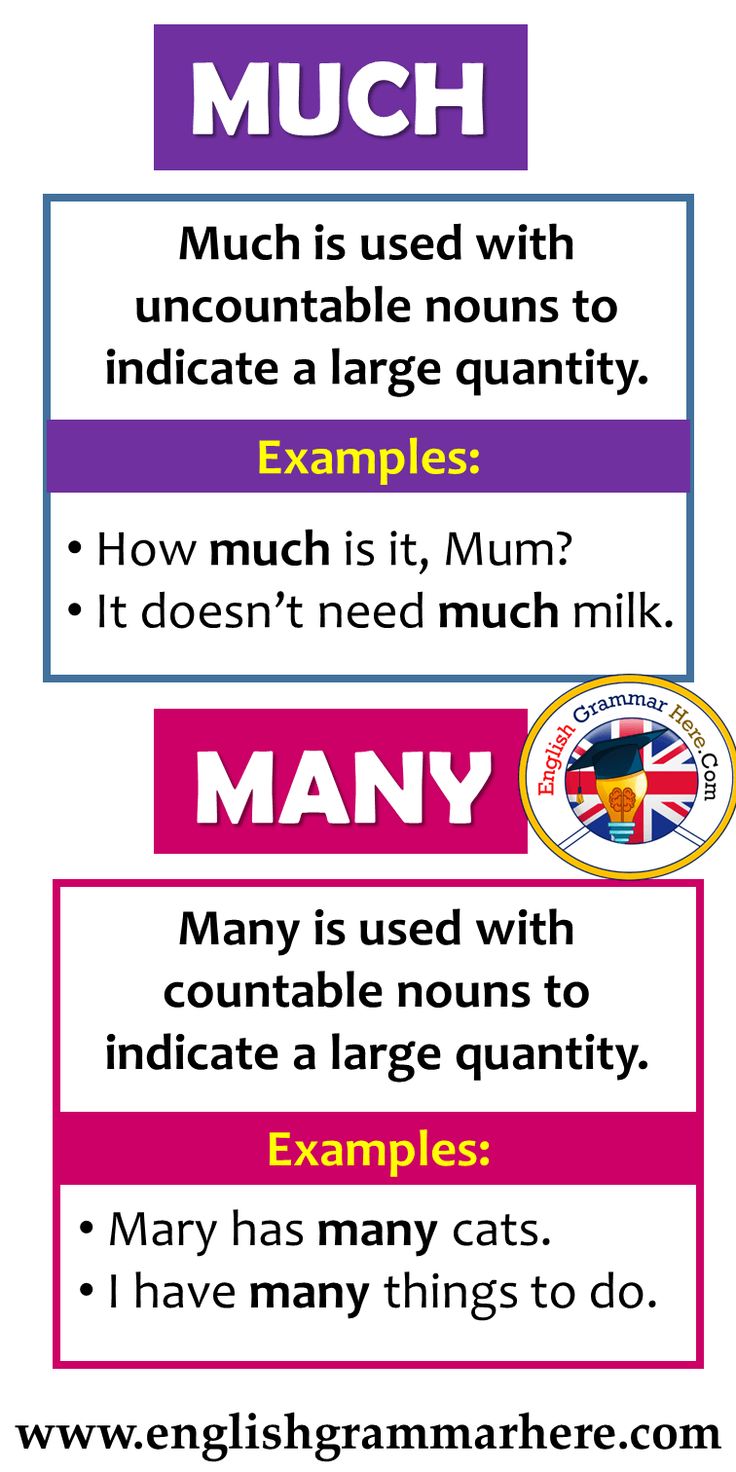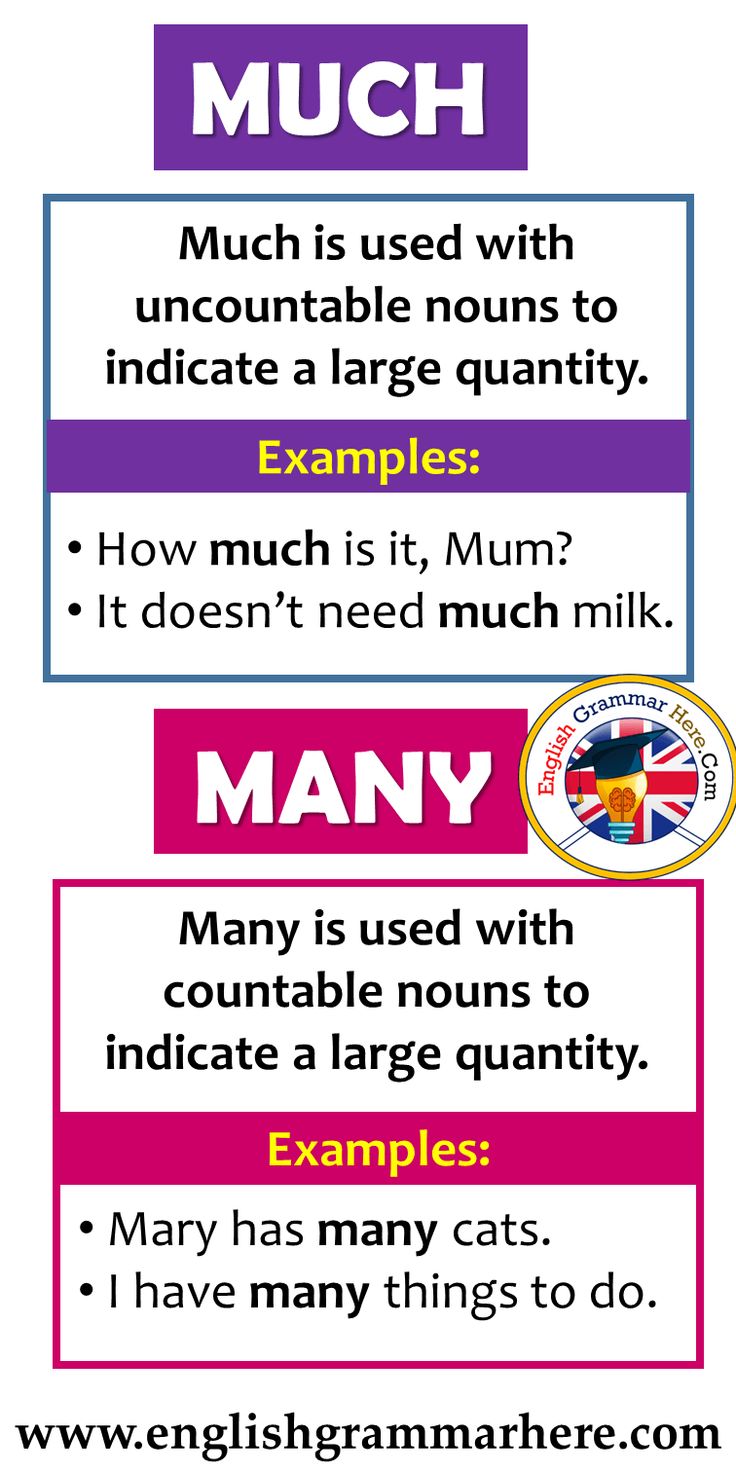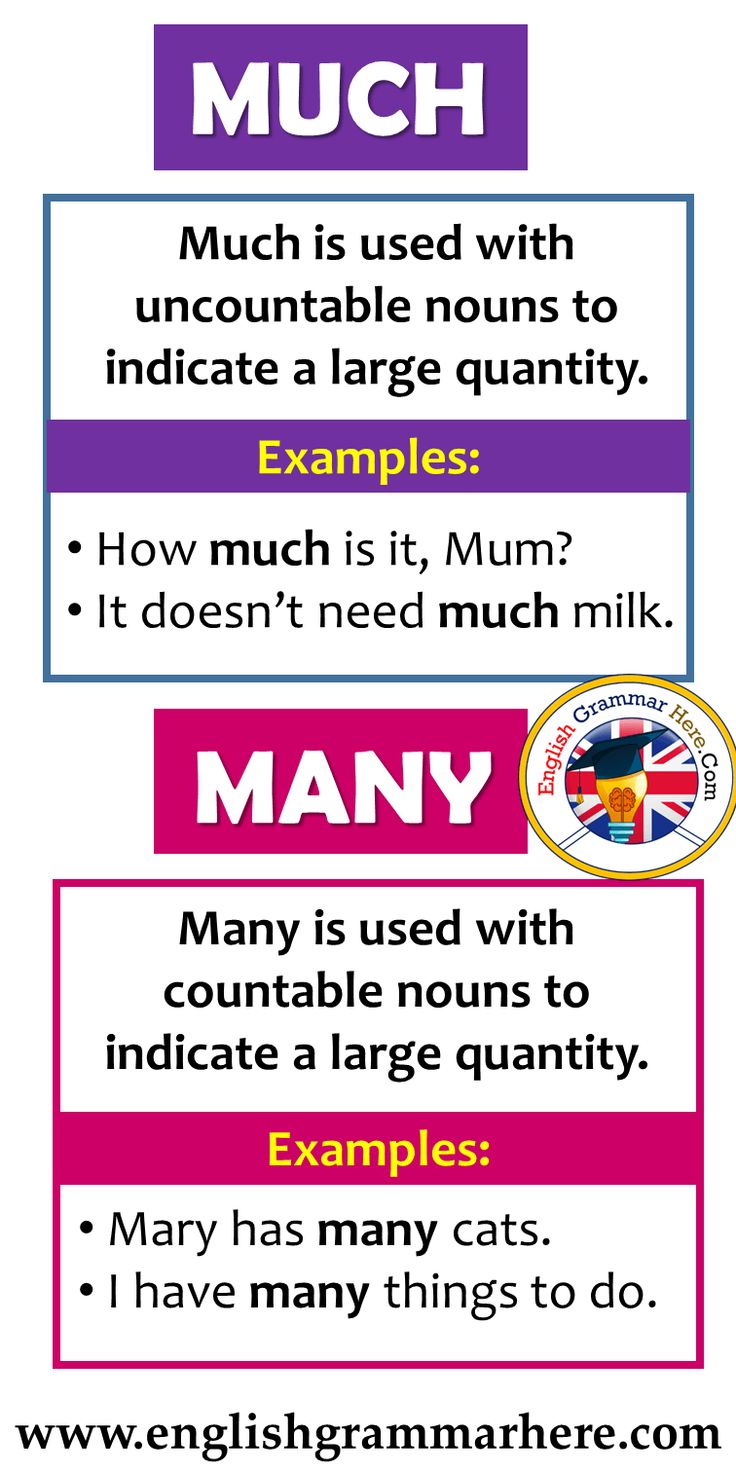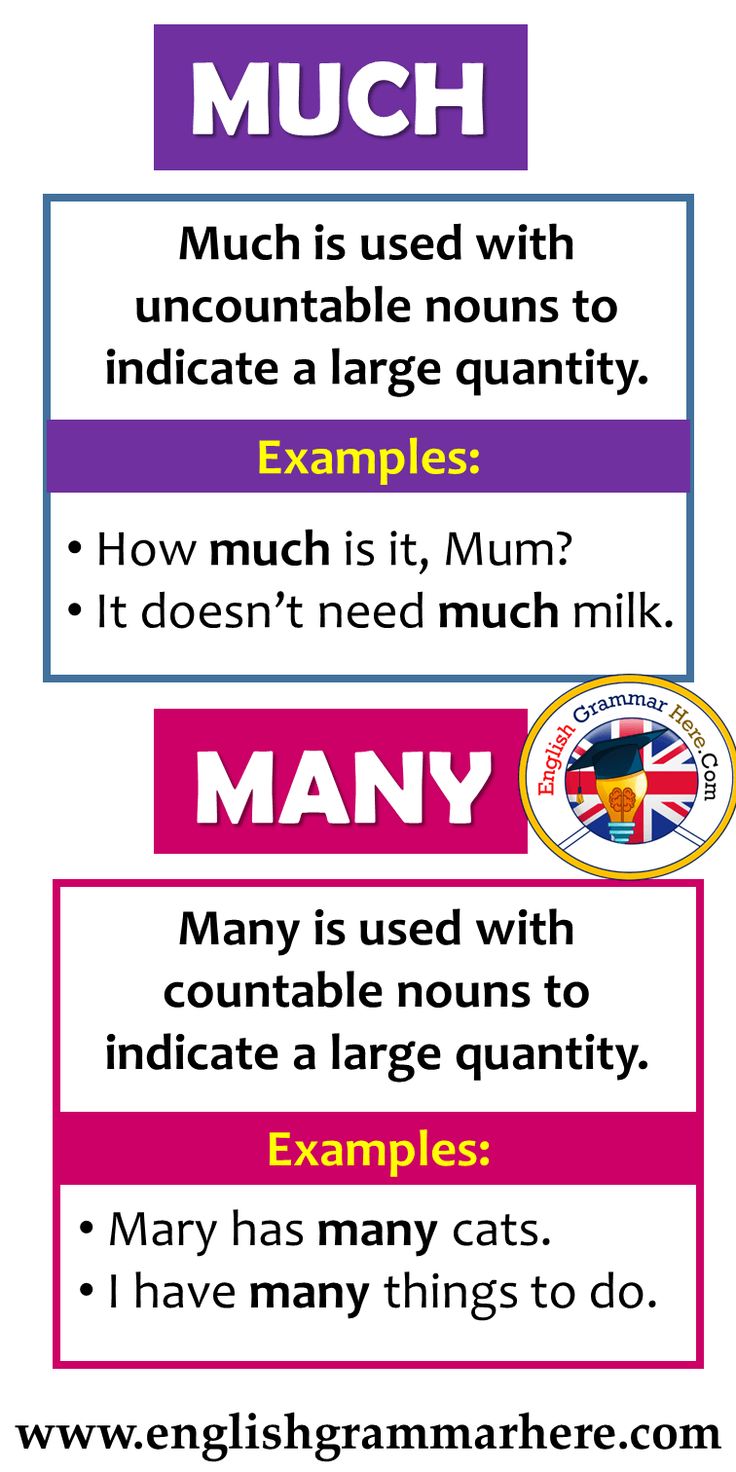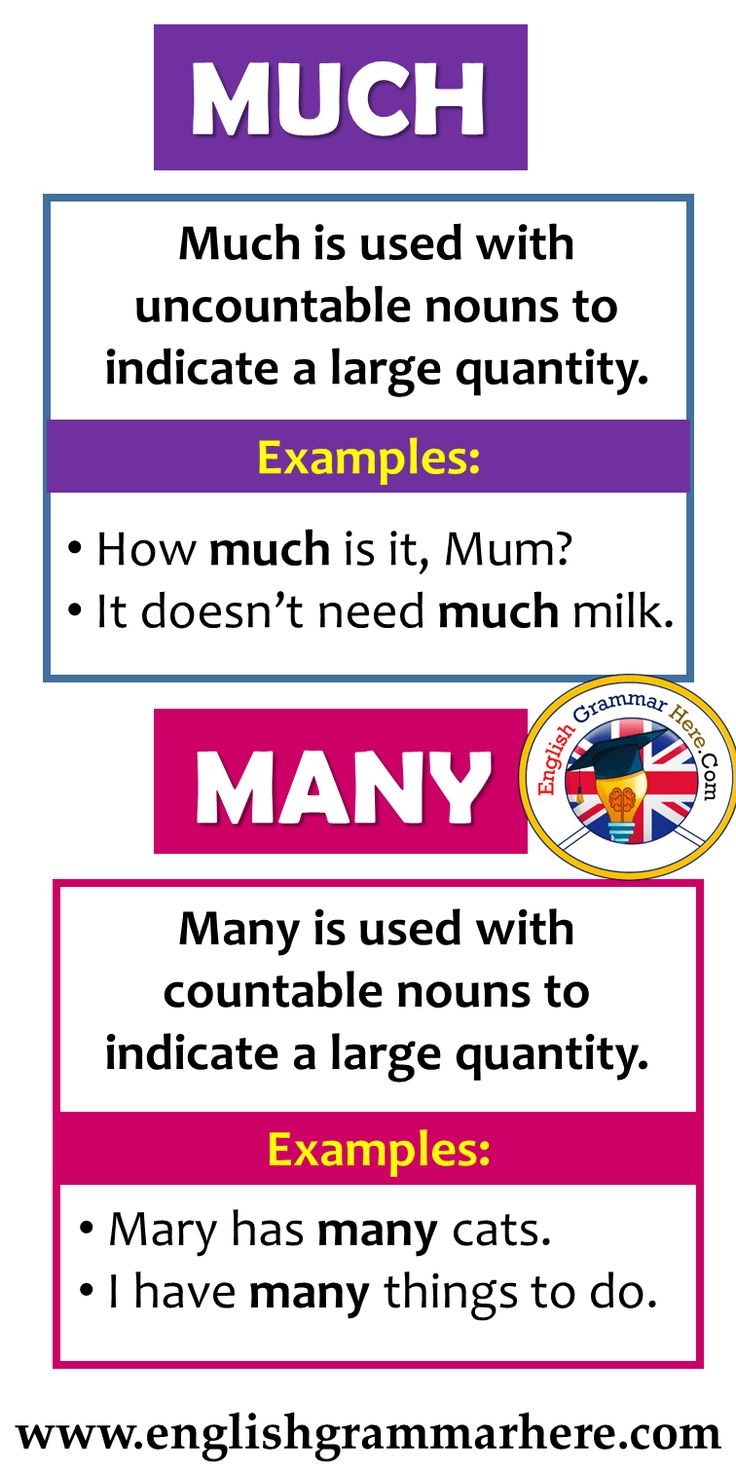How Much Gas Does A 2019 Jeep Wrangler Hold: A Comprehensive Guide
How Much Gas Does A 2019 Jeep Wrangler Hold: A Comprehensive Guide jeeps.truckstrend.com
For anyone considering a 2019 Jeep Wrangler, or for current owners planning their next adventure, one of the most fundamental questions often arises: "How much gas does a 2019 Jeep Wrangler hold?" This seemingly simple query unlocks a wealth of practical information crucial for trip planning, understanding running costs, and maximizing the iconic SUV’s legendary capability. Knowing your Wrangler’s fuel tank capacity isn’t just about how much you’ll spend at the pump; it’s about estimating your range, preparing for remote trails, and ensuring your journey, whether daily commute or epic expedition, is as smooth and worry-free as possible.
This comprehensive guide will delve into the specifics of the 2019 Jeep Wrangler’s fuel tank, exploring the different capacities, how they translate to real-world range, and offering practical advice to optimize your fuel usage.
How Much Gas Does A 2019 Jeep Wrangler Hold: A Comprehensive Guide
The Foundation: Understanding the 2019 Jeep Wrangler’s Fuel Tank Capacity
The 2019 Jeep Wrangler belongs to the JL generation, which introduced significant updates, including new engine options and improved efficiency. When discussing fuel tank capacity, it’s vital to differentiate between the two primary body styles offered: the two-door Wrangler and the four-door Wrangler Unlimited.
-
2019 Jeep Wrangler (2-Door Models): The two-door variants, known for their classic, nimble off-road prowess, are equipped with a 17.5-gallon (approximately 66.2-liter) fuel tank. This smaller capacity aligns with their typically lighter weight and shorter wheelbase, making them ideal for more technical trails where maneuverability is key.
-
2019 Jeep Wrangler Unlimited (4-Door Models): The four-door Wrangler Unlimited, offering more passenger space and cargo room, comes with a larger 21.5-gallon (approximately 81.4-liter) fuel tank. This increased capacity is a thoughtful design choice, catering to families, longer road trips, and extended overlanding adventures where a greater range is highly beneficial.

This distinction is crucial, as the four-gallon difference in tank size significantly impacts the vehicle’s potential driving range, especially when considering varying fuel efficiency figures.
Fuel Economy and Real-World Range: Stretching Your Gallons
While knowing the tank size is the first step, understanding how far that fuel will take you requires factoring in the vehicle’s fuel economy. The 2019 Jeep Wrangler offered two primary engine options, each with different EPA estimated MPG ratings:

-
3.6L Pentastar V6 Engine: This tried-and-true engine remained a popular choice, known for its reliable power.
- 2-Door (Manual/Automatic):

- City: 17 MPG
- Highway: 23 MPG
- Combined: 19 MPG
- 4-Door (Manual/Automatic):
- City: 17 MPG
- Highway: 23 MPG
- Combined: 19 MPG
- 2-Door (Manual/Automatic):
-
2.0L Turbo Inline-4 Engine with eTorque: Introduced in the JL, this engine offered a blend of power and improved efficiency.
- 2-Door (Automatic Only):
- City: 23 MPG
- Highway: 25 MPG
- Combined: 24 MPG
- 4-Door (Automatic Only):
- City: 21 MPG
- Highway: 24 MPG
- Combined: 22 MPG
- 2-Door (Automatic Only):
Calculating Approximate Range:
To estimate your maximum range, multiply the tank capacity by the combined MPG.
-
2-Door Wrangler (17.5-gallon tank):
- With 3.6L V6 (19 MPG combined): Approximately 332.5 miles
- With 2.0L Turbo (24 MPG combined): Approximately 420 miles
-
4-Door Wrangler Unlimited (21.5-gallon tank):
- With 3.6L V6 (19 MPG combined): Approximately 408.5 miles
- With 2.0L Turbo (22 MPG combined): Approximately 473 miles
Important Considerations for Real-World MPG:
It’s vital to remember that these are EPA estimates. Your actual mileage will vary significantly based on several factors:
- Driving Style: Aggressive acceleration and braking consume more fuel.
- Terrain: Uphill climbs and off-roading drastically reduce efficiency.
- Speed: Higher speeds (especially above 60-65 MPH) decrease MPG.
- Tire Size/Type: Larger, heavier, or more aggressive off-road tires increase rolling resistance.
- Vehicle Load: Carrying heavy cargo or multiple passengers reduces efficiency.
- Weather Conditions: Strong headwinds or extreme temperatures can impact fuel economy.
- Maintenance: Poorly maintained vehicles (e.g., dirty air filter, incorrect tire pressure) will be less efficient.
For serious off-road enthusiasts, it’s common to see MPG figures drop into the single digits during challenging trail use, making range planning even more critical.
Why Tank Size Matters: Practical Implications
The size of your Wrangler’s fuel tank has direct implications for various driving scenarios:
- Long Road Trips: A larger tank means fewer stops at gas stations, saving time and potentially money by allowing you to choose where you refuel (avoiding higher-priced stations in remote areas). The 4-door Unlimited’s 21.5-gallon tank offers a noticeable advantage here.
- Off-Road Adventures & Remote Areas: This is where tank capacity truly shines. When venturing deep into wilderness or unpaved trails, gas stations can be few and far between. Knowing you have ample fuel to reach your destination and return safely is paramount. Many off-roaders even carry auxiliary fuel cans for extended trips.
- Daily Commuting: For city driving, a larger tank simply means less frequent trips to the pump, a convenience that adds up over time.
- Cost Per Fill-Up: While a larger tank provides more range, it also means a higher total cost per fill-up. A 21.5-gallon tank will cost more to fill than a 17.5-gallon tank, even if the per-gallon price is the same. This isn’t a "challenge" as much as a reality to be aware of for budgeting.
Optimizing Your Fuel Usage: Practical Advice and Actionable Insights
Maximizing the range and efficiency of your 2019 Jeep Wrangler involves more than just knowing your tank size. Here are some actionable tips:
- Maintain Proper Tire Pressure: Underinflated tires increase rolling resistance and reduce fuel economy. Check your tire pressure regularly, especially before long trips, and inflate to the recommended PSI (found on a sticker inside your driver’s side door jamb).
- Drive Smoothly: Avoid rapid acceleration and hard braking. Gentle inputs on the throttle and anticipating stops can significantly improve MPG.
- Reduce Excess Weight: Remove unnecessary items from your Wrangler, especially if they are heavy. Every extra pound your vehicle carries reduces efficiency.
- Limit Roof-Top Cargo: Roof racks and cargo boxes create aerodynamic drag, particularly at highway speeds, leading to worse fuel economy. Use them only when necessary.
- Use Cruise Control: On flat highway stretches, cruise control can help maintain a consistent speed, preventing wasteful acceleration.
- Regular Maintenance: Keep your engine tuned up, change air filters as recommended, and ensure spark plugs are in good condition. A well-maintained engine runs more efficiently.
- Plan Your Routes: Use navigation apps to find the most efficient routes, avoiding heavy traffic and unnecessary detours.
- Avoid Excessive Idling: If you’re going to be stopped for more than 60 seconds, it’s generally more fuel-efficient to turn off the engine.
- Consider Tire Choice: While aggressive off-road tires are great for traction, they often have higher rolling resistance. If you primarily drive on pavement, consider a more road-friendly all-terrain tire.
- Understand Your Fuel Gauge: Most vehicles have a "reserve" once the low fuel light comes on. However, it’s best not to rely on this. Aim to refuel before your tank gets critically low.
Fuel Type and Recommendations
For the 2019 Jeep Wrangler, both the 3.6L Pentastar V6 and the 2.0L Turbo with eTorque are designed to run on regular unleaded gasoline (87 octane). While the 2.0L Turbo engine can benefit from premium fuel (91+ octane) for maximum performance, it is not required and will run perfectly fine on regular unleaded. Using premium fuel when only regular is recommended generally offers no significant benefit in terms of fuel economy or engine longevity. Always refer to your owner’s manual for the most precise fuel recommendations for your specific vehicle.
Table: 2019 Jeep Wrangler Fuel Tank & Economy Specifications
This table provides a concise overview of the 2019 Jeep Wrangler’s fuel characteristics:
| Feature/Metric | 2019 Jeep Wrangler (2-Door) | 2019 Jeep Wrangler Unlimited (4-Door) |
|---|---|---|
| Fuel Tank Capacity | 17.5 US Gallons (approx. 66.2 Liters) | 21.5 US Gallons (approx. 81.4 Liters) |
| Engine Options | 3.6L Pentastar V6, 2.0L Turbo I4 w/ eTorque | 3.6L Pentastar V6, 2.0L Turbo I4 w/ eTorque |
| Recommended Fuel Type | Regular Unleaded (87 Octane) | Regular Unleaded (87 Octane) |
| 3.6L V6 EPA Est. MPG | 17 City / 23 Hwy / 19 Combined | 17 City / 23 Hwy / 19 Combined |
| 2.0L Turbo EPA Est. MPG | 23 City / 25 Hwy / 24 Combined | 21 City / 24 Hwy / 22 Combined |
| Approx. Range (3.6L V6) | ~332.5 Miles (17.5 gal x 19 MPG) | ~408.5 Miles (21.5 gal x 19 MPG) |
| Approx. Range (2.0L Turbo) | ~420 Miles (17.5 gal x 24 MPG) | ~473 Miles (21.5 gal x 22 MPG) |
Note: All MPG figures are EPA estimates. Actual mileage will vary based on driving conditions, habits, vehicle maintenance, and modifications.
Frequently Asked Questions (FAQ)
Q1: Is the fuel tank size different for the 2-door and 4-door 2019 Jeep Wrangler?
A1: Yes, absolutely. The 2-door Wrangler has a 17.5-gallon tank, while the 4-door Wrangler Unlimited has a larger 21.5-gallon tank.
Q2: What kind of gas should I put in my 2019 Jeep Wrangler?
A2: Both the 3.6L V6 and 2.0L Turbo engines in the 2019 Wrangler are designed to run on regular unleaded gasoline (87 octane). While the 2.0L Turbo can benefit from premium for maximum performance, it’s not required.
Q3: How far can a 2019 Wrangler go on a full tank of gas?
A3: This depends on the body style and engine. A 2-door with the 2.0L Turbo might get around 420 miles, while a 4-door with the 3.6L V6 might get around 408 miles. These are estimates, and real-world range varies greatly.
Q4: Does off-roading significantly affect fuel economy?
A4: Yes, off-roading can drastically reduce fuel economy. Driving in low range, navigating challenging terrain, and frequent acceleration/braking will consume fuel much faster than highway driving. It’s not uncommon for MPG to drop into single digits during serious off-road use.
Q5: Can I put a larger aftermarket fuel tank in my 2019 Wrangler?
A5: Yes, there are aftermarket companies that offer larger capacity fuel tanks for the Jeep Wrangler (JL generation). These can significantly extend your range, which is particularly beneficial for overlanding or long-distance off-road trips. Installation often requires professional expertise.
Q6: How accurate is the fuel gauge on a 2019 Jeep Wrangler?
A6: Modern fuel gauges are generally quite accurate, but they aren’t perfect. It’s common for the gauge to read "full" for a longer period after a fill-up and then drop more quickly as the tank empties. The "empty" light usually comes on with a few gallons (or more) still remaining, providing a small reserve. However, it’s never a good idea to push your luck and run the tank extremely low.
Conclusion
Understanding how much gas a 2019 Jeep Wrangler holds is more than just a trivial detail; it’s a foundational piece of knowledge for any owner or prospective buyer. Whether you own the nimble 2-door with its 17.5-gallon tank or the spacious 4-door Unlimited with its 21.5-gallon capacity, knowing your vehicle’s range empowers you to plan smarter, drive more efficiently, and embark on adventures with confidence. By combining this knowledge with good driving habits and regular maintenance, you can ensure your iconic Wrangler delivers both the freedom it promises and the practical performance you need, mile after thrilling mile.

